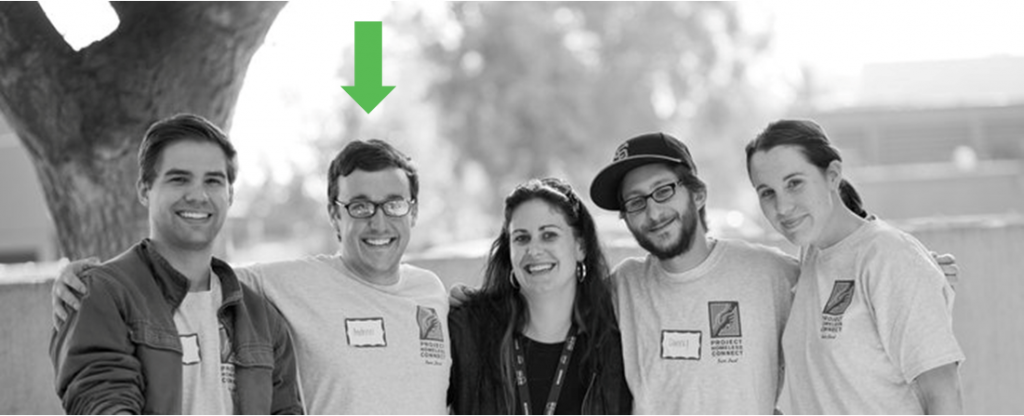The Homeless Point-in-Time Count (PIT) is one of the most important opportunities we have to determine whether or not we’re making progress to end homelessness. The PIT only happens once every two years. The next one is coming up on January 27, 2017. We need your help!!
Volunteer for the 2017 Count!
(no prior experience necessary)
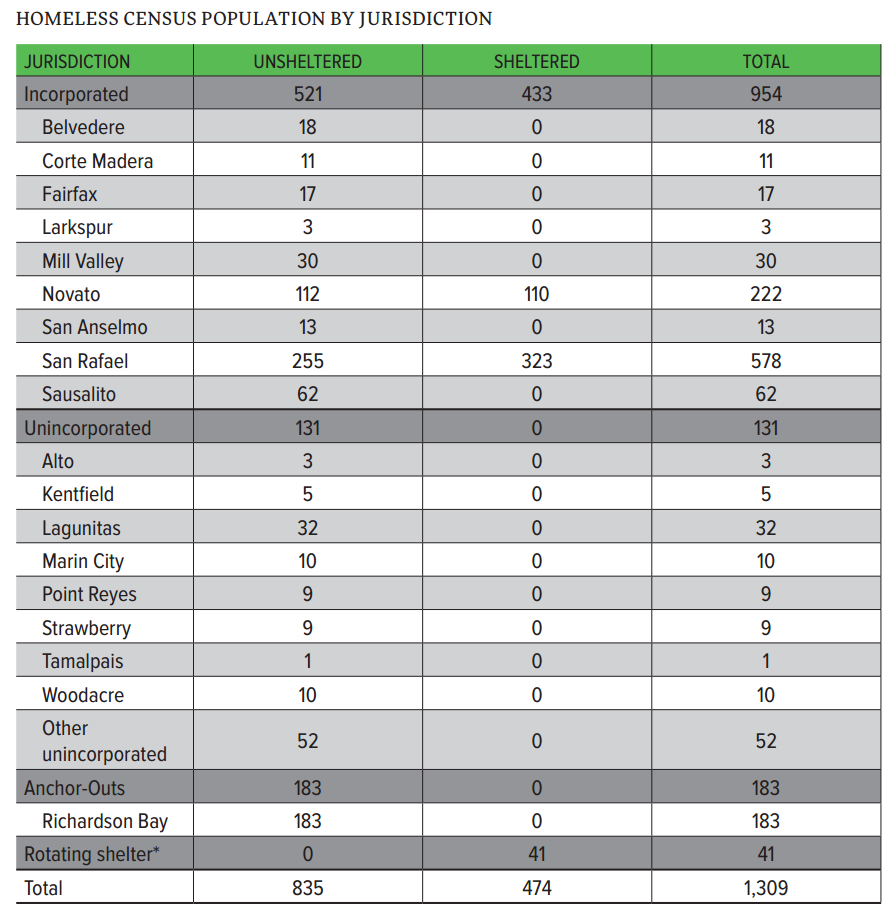
BACKGROUND
The Department of Housing and Urban Development (HUD) is the primary federal agency responsible for administering resources to local communities to address homelessness. Originally individual organizations could apply to HUD for funding, but in 1995 HUD created the “Continuum of Care (CoC)” model. Under this framework, HUD began requiring that communities submit a single application for funding. This helped streamline the funding application process, encouraging greater strategic coordination among local housing and service providers. CoCs represent communities of all kinds, including major cities, suburbs and rural areas. In 2007, 461 CoCs from all 50 states (plus DC, Puerto Rico, and Guam) submitted applications for federal homeless assistance. Marin County’s CoC is called the Homeless Policy Steering Committee, and for fiscal year 2016-2017, our community received approximately $3.5M.
Federal funding is generally determined by two things – the need in a community and the strength of the application (that strength is partly determined by compliance with HUD priorities and partly by performance and outcomes). To put it simply, need is determined by the size of the community and the number of homeless people in that community. To determine the number of people who are homeless, HUD requires that every CoC conduct a Point-in-Time Count.
WHAT IS THE POINT-IN-TIME COUNT?
The Point-in-Time Count is a bi-annual census of sheltered and unsheltered homeless persons that takes place on a single early morning in January. The count tallies people sleeping on the street, in vehicles, in encampments, etc., as well as people in emergency shelters and transitional housing programs. The count is done in January because it is thought that shelter utilization rates are at the highest during the winter, thus making it easier to find people. HUD requires that communities conduct this count every other year (in odd-numbered years). In addition to providing a raw number, HUD also requires that communities survey a representative sample of people experiencing homelessness in order to provide additional data points that can be used in housing and program-planning.

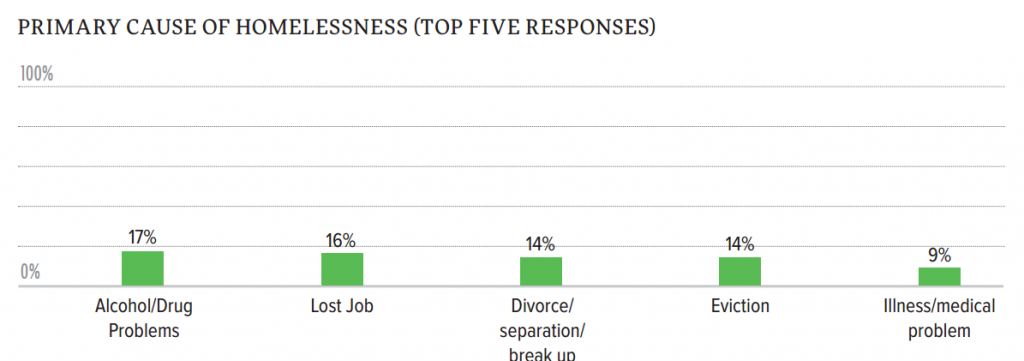
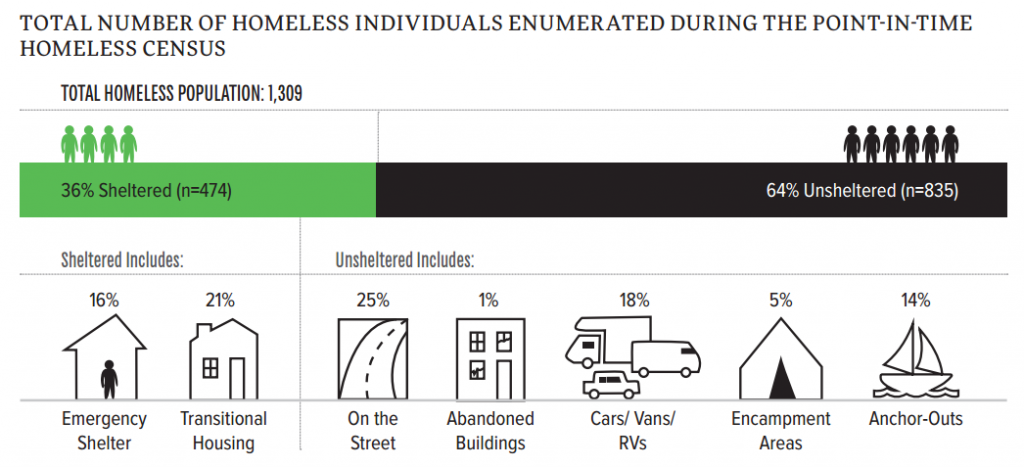
While the Point-in-Time Count is incredibly thorough, it does have limitations:
- It is a snapshot in time. It does not capture all of the unique episodes of homelessness that occur throughout the year. (The Department of Education, by comparison, counts unique episode of homelessness throughout the school year, so their numbers for homeless families and youth are always much higher than HUD’s – they’re just counting in different ways).
- It does not count people who are homeless but are currently in jail or in the hospital.
- It does not count people who are couch-surfing, even if just for that one night.
- It does not capture all of the people who are “precariously housed” (i.e. people who are at-risk of homelessness)
- It does not count people who are doubled or tripled up in a unit.
Despite these imperfections, by applying a rigorous and consistent method every other year, the Point-in-Time Count is a critical tool for assessing whether or not communities are actually making progress.
THE MARIN COUNT
In January of 2013, the Point-in-Time Count found 933 people experiencing homelessness in Marin. I started working in Marin in July of 2013, shortly after those results came out. At that time, many in the community felt like that number was far too low. As a result, the County of Marin and our local CoC took a second look at our methodology.
In 2013, a survey had been developed and distributed to over 50 locations / programs throughout the County, and it was administered to all clients on that day. With such a wide net, it was thought everyone in need would be reached. Some additional targeted outreach to known homeless encampments also occurred.
To try a different approach, in 2015 the County contracted with Applied Survey Research (ASR), a data research firm that administers the PIT in almost every county in the Bay Area. ASR borrows its methodology from the US census. They divide a community into census tracks, and on the morning of the count, community volunteers and homeless guides head out, covering every nook and cranny of their assigned area. Instead of doing surveys that morning, teams are simply tasked with getting a tally of the number of people they see. Because teams are all out at the exact same time in their respective tracts, this method is extremely thorough while also preventing duplication. Comprehensive surveys are then administered over the following two weeks. With this new methodology, the 2015 Point-in-Time Count found 1,309 people experiencing homelessness in Marin (this isn’t to say there weren’t more people experiencing homelessness as well).
Volunteer for the 2017 Count!
(no prior experience necessary)
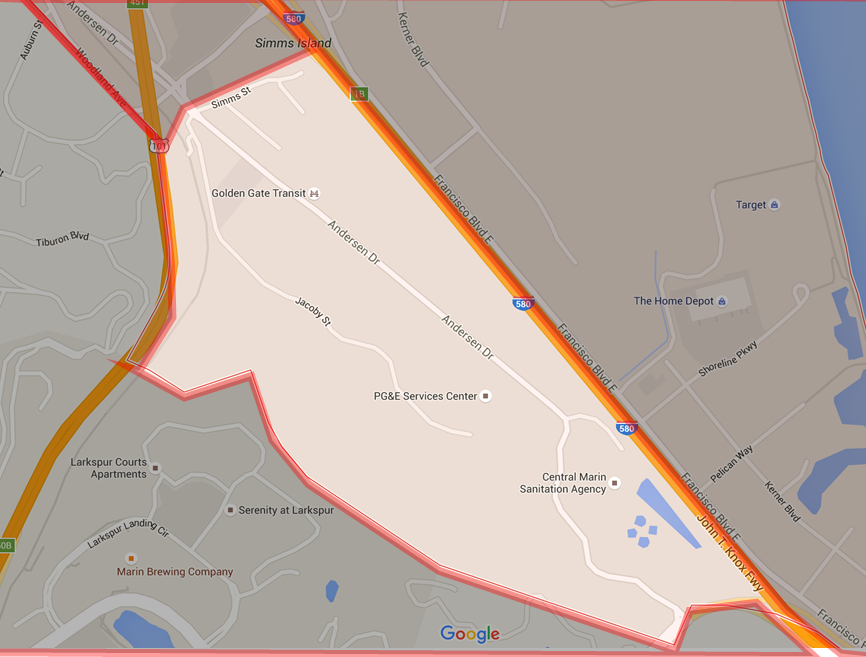
IT CAN BE LIFE-CHANGING
I moved to California six and a half years ago to pursue an opportunity with AmeriCorps VISTA. It had been a volunteer opportunity with a homeless program in Virginia that inspired the move. As profound as that initial experience in Virginia was, it was my second day as a VISTA that confirmed my passion for this work. On a foggy Tuesday morning, I headed out for early morning outreach in downtown San Jose. Truthfully, I was nervous and felt a little intimidated as we approached our first encampment along the Guadalupe Creek Trail. We often talk about homelessness in very abstract terms, but that morning, standing in front of eight people huddled together under an overpass in tattered sleeping bags, it drove home just how horrible of an experience homelessness really is. That morning has never left me, and as I finish this newsletter and look out of my window at the torrential downpour this afternoon, I can’t help but think about those 835 unsheltered people we counted in 2015.
